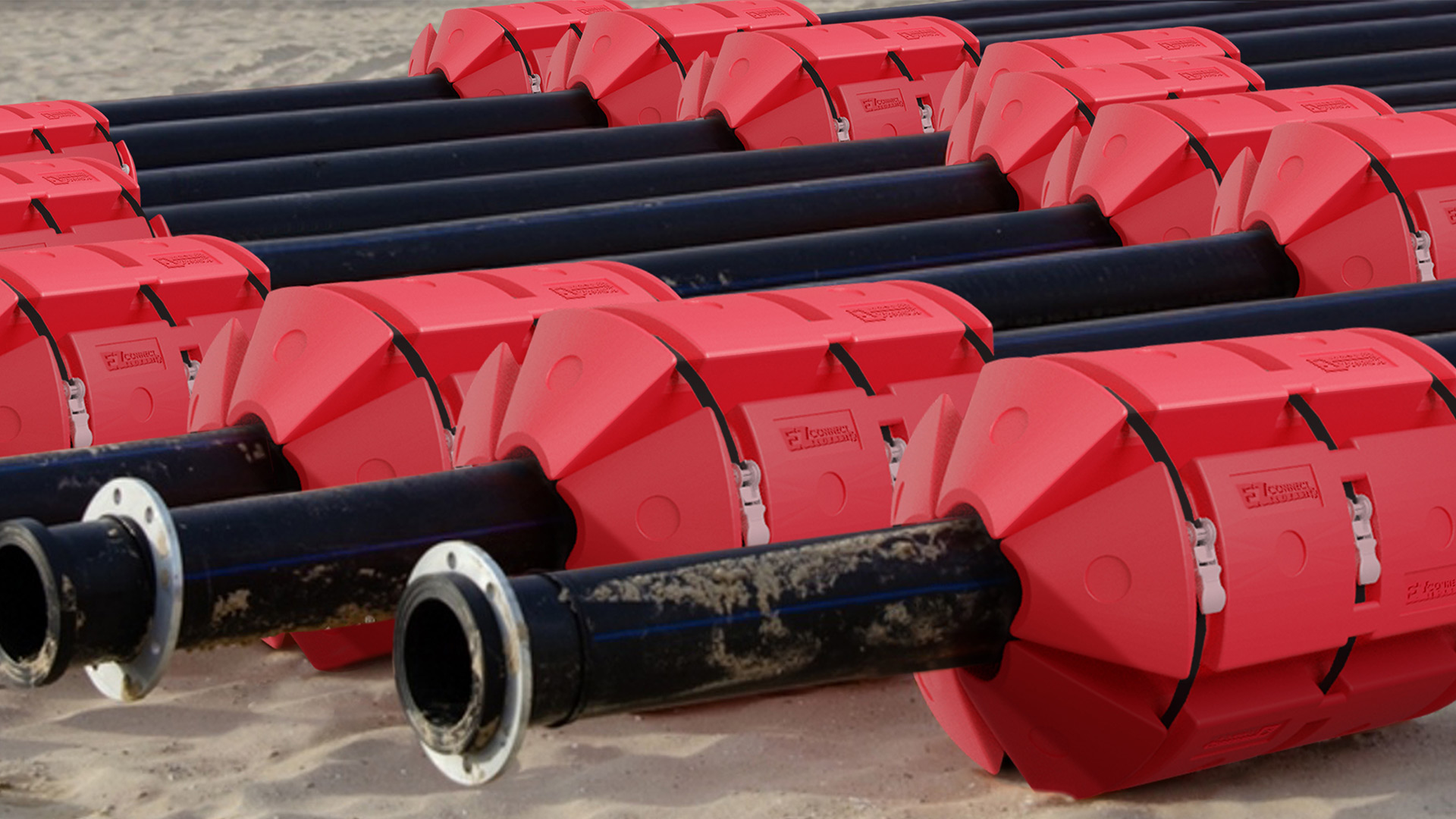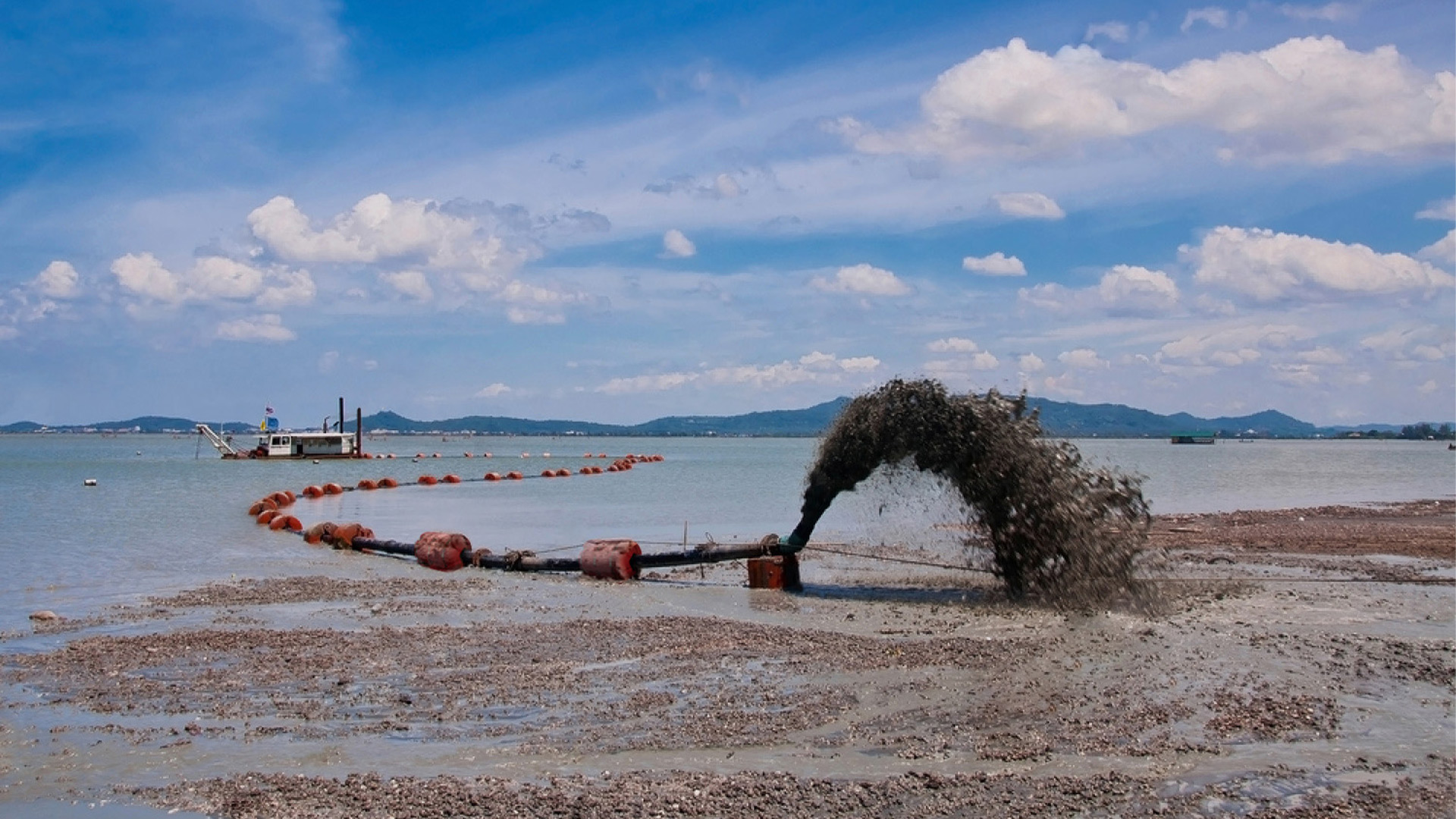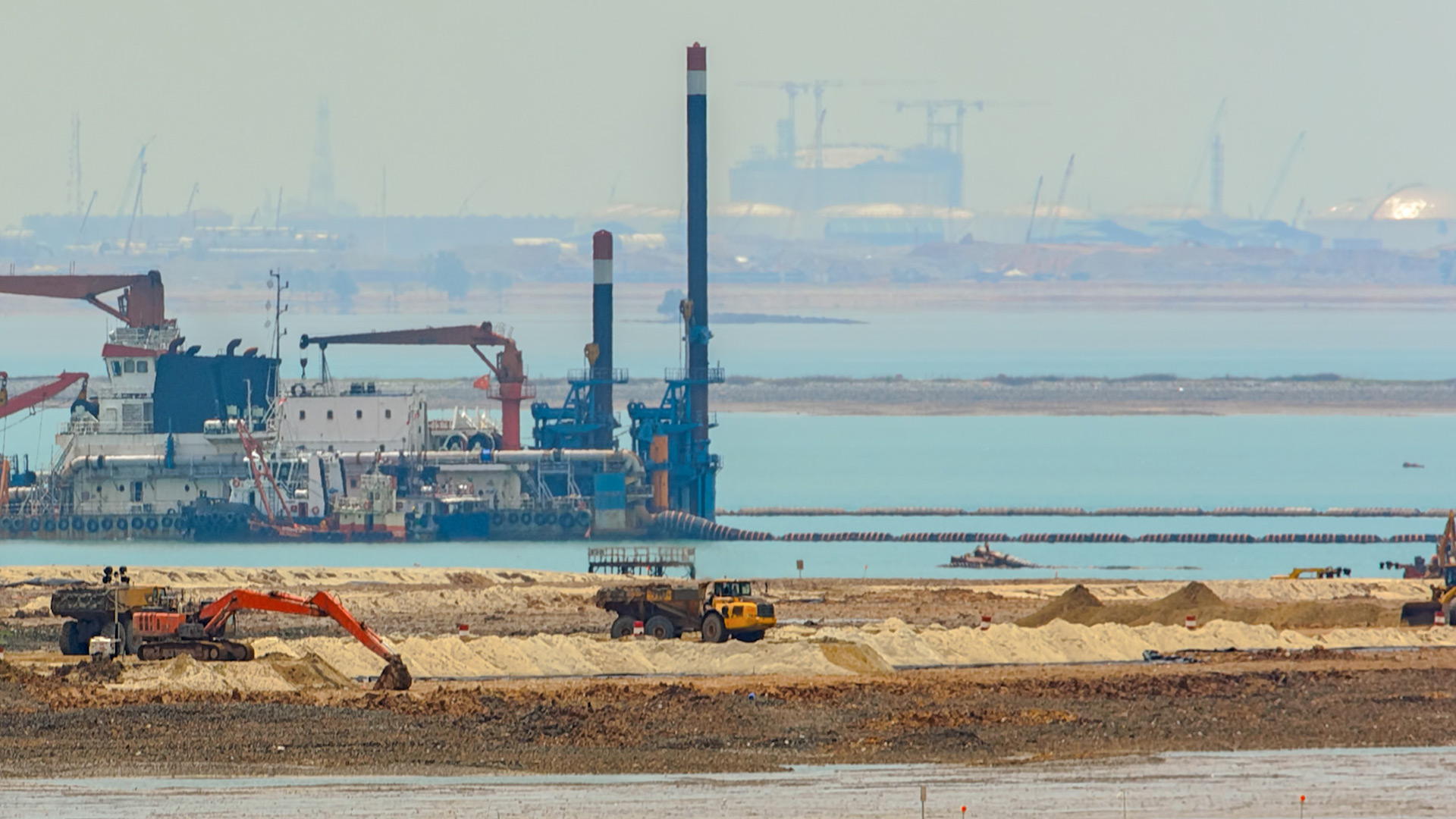
Durable Dredge Pipeline Floats for Harsh Environments
Dredging is essential in various industries, such as construction, mining, and environmental management. It involves removing sediment and debris from the bottom of bodies of water to maintain navigable waterways, extract valuable materials, or restore aquatic habitats. The dredge pipeline is at the core of dredging operations, which transports the dredged material from the site to its destination. To ensure the efficiency and safety of these operations, it is crucial to use durable dredge floats, mainly when working in harsh environments. This comprehensive guide will explore the significance of these floats, key factors to consider, and tips for selecting and maintaining them.
1. Understanding Dredge Pipeline Floats
Definition and Purpose
Dredge pipeline floats are specialized devices designed to keep dredge pipelines buoyant and stable when submerged in water. They are attached to the dredge pipeline and help maintain its position, preventing it from sinking or shifting, which can disrupt the dredging process. By supporting the dredge pipeline’s weight and ensuring its stability, these floats play a crucial role in the smooth operation of dredging equipment.
Types of Dredge Pipeline Floats
There are several types of dredge pipeline floats, each suited for different applications and environmental conditions:
- Plastic Floats: Lightweight and corrosion-resistant, these floats are often used in less demanding environments. They are typically made from high-density polyethylene (HDPE) or similar materials.
- Foam-Filled Floats: These floats feature a closed-cell foam core, offering excellent buoyancy and impact resistance. They are ideal for environments with varying water conditions.
- Metal Floats: Made from durable metals like aluminum or stainless steel, metal floats are designed for extreme conditions where high strength and durability are required.
2. Key Factors to Consider for Harsh Environments
Environmental Challenges
Harsh environments can significantly impact the performance and lifespan of dredge floats. These challenges may include:
- Extreme Temperatures: Very high or low temperatures can affect the material properties of floats, potentially leading to brittleness or deformation.
- Corrosive Waters: Saltwater or chemically contaminated waters can cause corrosion and degradation of materials over time.
- High-Pressure Conditions: In deep water or high-pressure environments, the structural integrity of dredge floats must withstand significant forces.
Material Durability
To ensure durability in harsh conditions, the materials used for dredge floats must possess specific properties:
- UV-Resistance: Floats exposed to sunlight must be made from UV-resistant materials to prevent degradation and brittleness.
- Corrosion-Resistance: For saltwater or chemically harsh environments, corrosion-resistant coatings or materials like stainless steel are essential.
Design Considerations
The design of dredge floats should account for various factors to ensure they perform well in harsh conditions:
- Buoyancy: Floats must provide adequate buoyancy to support the weight of the dredge pipeline and the dredged material.
- Impact Resistance: Floats should be designed to withstand impacts from debris or physical contact with the dredging equipment.
- Size and Shape: The size and shape of the floats should be compatible with the pipeline dimensions and the specific requirements of the dredging operation.
3. Selecting the Right Dredge Pipeline Floats
Assessing Your Needs
Choosing the right dredge pipeline floats involves evaluating the specific requirements of your dredging project. Consider the following factors:
- Pipeline Size: Ensure that the floats are sized appropriately to support the diameter and weight of the dredge pipeline.
- Water Conditions: Assess the environmental conditions, such as temperature, salinity, and pressure, to select floats that can withstand these factors.
- Load Capacity: Determine the load capacity required for the floats based on the combined weight of the dredge pipeline and the dredged material.
Comparing Products
When selecting dredge floats, it is essential to compare different products based on their durability and performance:
- Product Specifications: Review technical specifications such as material composition, buoyancy, and impact resistance.
- Brand Reputation: Research reputable brands that produce high-quality, durable dredge floats.
- Cost vs. Performance: Consider the balance between cost and performance, ensuring you invest in floats that provide the best value for your needs.
4. Maintenance and Care for Dredge Pipeline Floats
Routine Maintenance
Proper maintenance is essential to extend the lifespan of dredge pipeline floats and ensure their continued effectiveness:
- Inspection: Regularly inspect floats for wear, damage, or corrosion. Check for any issues that could affect buoyancy or stability.
- Cleaning: Keep floats clean by removing debris, algae, or other contaminants that may accumulate on their surface.
- Repairs: Address any damage promptly to prevent further deterioration. This may involve patching or replacing damaged sections.
Troubleshooting Common Issues
Common issues with dredge floats include:
- Leaks: If a float develops a leak, it may lose buoyancy. Repair or replace the affected float to restore proper function.
- Wear and Tear: Over time, floats may experience wear and tear. Regular maintenance and timely replacements can prevent operational disruptions.
5. Conclusion
Durable dredge pipeline floats are crucial for maintaining stability and buoyancy in dredging operations, particularly in harsh environments. Understanding the types of floats, considering environmental factors, and selecting the right products is vital for successful dredging projects. When choosing dredge floats, carefully assess your project’s needs and select high-quality, durable products that can withstand the specific challenges of your environment. Investing in reliable floats will ensure smooth and efficient dredging operations. For more information on selecting and maintaining dredge pipeline floats, consult experts or explore additional resources from reputable suppliers.
Have Questions?
Get in touch with us now!
Related Blogs
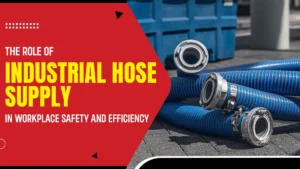
The Role of Industrial Hose Supply in Workplace Safety and Efficiency
In high-stakes industries such as oil and gas, mining, manufacturing, dredging, and defense, industrial hoses serve as vital connectors in daily operations. Whether transferring hazardous
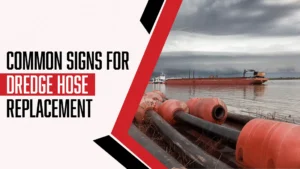
Common Signs For Dredge Hose Replacement
Dredge hose is an essential component in mining, oil and gas, and heavy industries, where it is used to transport materials such as sediment, slurry,
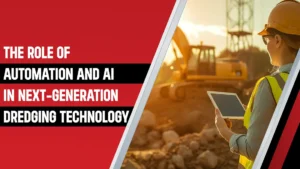
The Role of Automation and AI in Next-Generation Dredging Technology
Dredging technology has undergone a quiet but powerful transformation over the past decade. A purely mechanical process, which included heavy machinery, manual supervision, and reactive

